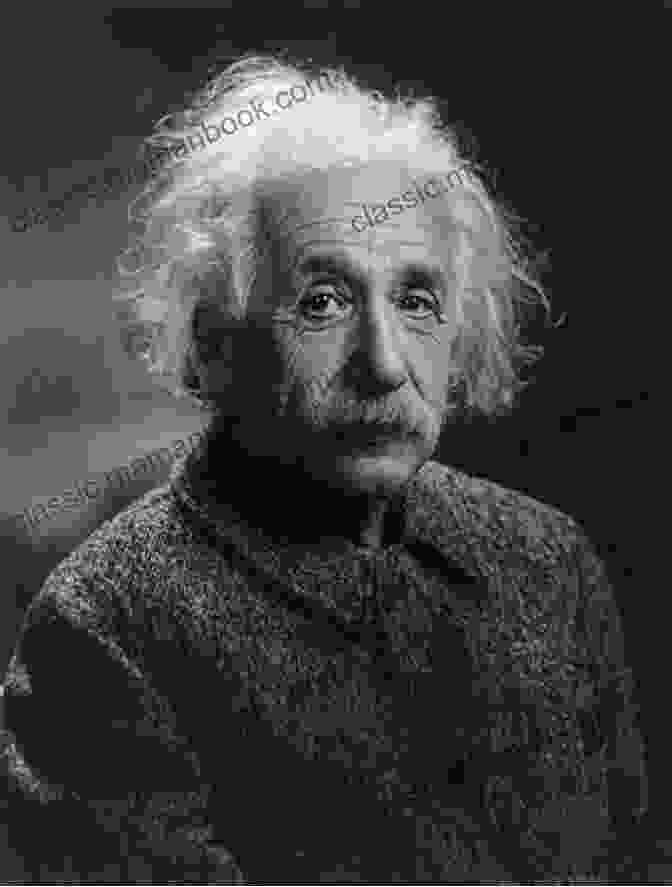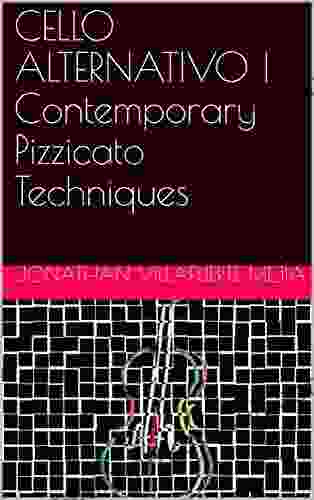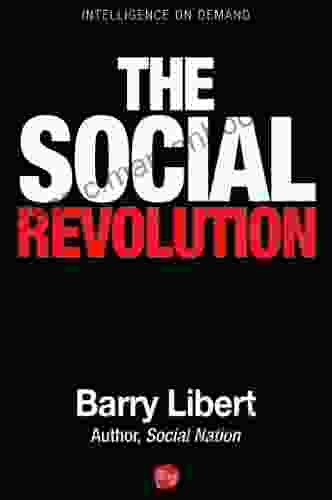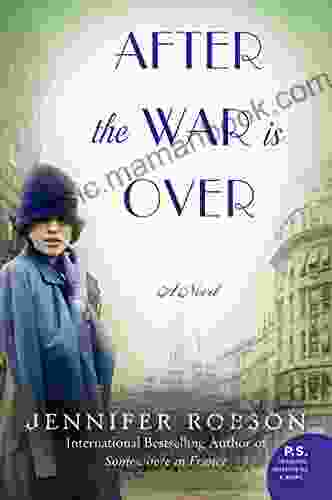The Unraveling of the Atomic Bomb: A Journey into the Heart of Nuclear History


The Genesis of the Atomic Project: A Race against Time
In the throes of World War II, the specter of nuclear devastation loomed large. Rumors of German scientists delving into the secrets of nuclear fission sent shockwaves through the Allied powers. Driven by a relentless fear, the United States embarked on a clandestine mission: The Manhattan Project.
4.7 out of 5
| Language | : | English |
| File size | : | 53259 KB |
| Text-to-Speech | : | Enabled |
| Screen Reader | : | Supported |
| Enhanced typesetting | : | Enabled |
| X-Ray | : | Enabled |
| Word Wise | : | Enabled |
| Print length | : | 1497 pages |
This top-secret endeavor, shrouded in layers of secrecy, brought together a brilliant collective of physicists, chemists, and engineers under the leadership of J. Robert Oppenheimer. Their mission: to harness the unfathomable power of the atom before it fell into enemy hands.
The Theoretical Prelude: Pioneering the Path to Nuclear Splitting
The foundations of the atomic bomb were laid decades earlier, in the realm of theoretical physics. Albert Einstein, with his groundbreaking theory of relativity, provided the conceptual framework for understanding the immense energy stored within atomic nuclei.
In the early 1930s, scientists in Germany, Italy, and the United States made significant strides in experimental nuclear physics. They discovered that splitting uranium atoms, a process known as fission, released enormous amounts of energy.
The Experimental Dawn: Splitting Atoms and Harnessing Their Power
By the late 1930s, the possibility of a nuclear weapon had become a tangible reality. Scientists at the University of Chicago conducted a groundbreaking experiment that achieved the first controlled nuclear chain reaction.
This momentous demonstration proved that the fission process could indeed be sustained, paving the way for the development of a weapon capable of unprecedented destructive force.
The Manhattan Project: A Colossal Undertaking
The Manhattan Project, initiated in 1942, was the largest scientific and engineering endeavor in history. It employed over 130,000 people and consumed billions of dollars. The project spanned multiple secret research facilities, including the renowned Los Alamos Laboratory in New Mexico.
Scientists at Los Alamos, led by Oppenheimer, faced immense challenges in designing and building the atomic bomb. They grappled with daunting technical hurdles, from the separation of uranium isotopes to the development of an effective detonation mechanism.
The Trinity Test: A Moment of Truth and Trepidation
On July 16, 1945, the first atomic bomb, code-named "Gadget," was detonated at the Trinity test site in the New Mexico desert. The explosion was a blinding spectacle, creating a mushroom cloud that rose 40,000 feet into the sky.
The immense power of the blast and the devastating effects on the surrounding landscape left an indelible mark on the witnesses. It was a sobering reminder of the destructive potential of the atomic bomb and a pivotal moment in human history.
The Atomic Legacy: Echoes of Hiroshima and Nagasaki
Days after the Trinity test, the world was forever changed. On August 6, 1945, an atomic bomb was dropped on the Japanese city of Hiroshima, instantly killing over 70,000 people. A second atomic bomb was detonated over Nagasaki on August 9, claiming the lives of another 40,000.
The atomic bombings of Hiroshima and Nagasaki brought a swift end to World War II but at an unthinkable human cost. The devastation wrought by these weapons left an enduring scar on the collective memory of humanity.
The Atomic Aftermath: Navigating the Nuclear Age
The advent of the atomic bomb ushered in a new era of international relations and global security. The United States and the Soviet Union engaged in a nuclear arms race, amassing vast arsenals of nuclear weapons.
The threat of nuclear annihilation became a constant specter, looming over international affairs and shaping the geopolitical landscape. The Cold War, with its nuclear brinkmanship, tested the limits of human endurance and raised existential questions about the future of civilization.
Nuclear Non-Proliferation: The Imperative of Restraint
In the wake of the horrors of Hiroshima and Nagasaki, the international community recognized the urgent need to prevent the further proliferation of nuclear weapons. The Treaty on the Non-Proliferation of Nuclear Weapons (NPT),adopted in 1968, sought to limit the spread of nuclear technology and reduce the risk of nuclear conflict.
While the NPT has been instrumental in curbing nuclear proliferation, the threat of nuclear weapons persists. Concerns over nuclear terrorism, the development of new nuclear technologies, and the erosion of arms control agreements continue to cast a shadow over global security.
The Legacy of Los Alamos and Its Enduring Impact
Los Alamos National Laboratory, the cradle of the atomic bomb, remains a vital center of nuclear research and development. Today, the laboratory focuses on a wide range of scientific endeavors, including nuclear security, energy technologies, and biomedical research.
The legacy of Los Alamos is a complex tapestry of scientific achievement, ethical quandaries, and the enduring quest for a world free from the threat of nuclear destruction. The ongoing work at the laboratory serves as a testament to humanity's capacity for both great innovation and profound responsibility.
: A Journey of Science, Ethics, and Human Endeavor
The making of the atomic bomb is a tale of scientific ingenuity, geopolitical tensions, and the moral implications of wielding such destructive power. The journey that began with Einstein's theoretical breakthrough culminated in the horrors of Hiroshima and Nagasaki.
Today, the atomic bomb stands as a haunting reminder of the dual nature of human ingenuity. It has the potential to unleash unimaginable devastation, yet it also holds the promise of transformative technologies that could shape the future of humanity.
The legacy of the atomic bomb compels us to confront the ethical dilemmas it poses and strive for a world where nuclear weapons are forever relegated to the annals of history. By embracing international cooperation, promoting nuclear non-proliferation, and fostering scientific research for peaceful purposes, we can honor the victims of Hiroshima and Nagasaki and work towards a more secure and just future for all.
4.7 out of 5
| Language | : | English |
| File size | : | 53259 KB |
| Text-to-Speech | : | Enabled |
| Screen Reader | : | Supported |
| Enhanced typesetting | : | Enabled |
| X-Ray | : | Enabled |
| Word Wise | : | Enabled |
| Print length | : | 1497 pages |
Do you want to contribute by writing guest posts on this blog?
Please contact us and send us a resume of previous articles that you have written.
 Top Book
Top Book Novel
Novel Fiction
Fiction Nonfiction
Nonfiction Literature
Literature Paperback
Paperback Hardcover
Hardcover E-book
E-book Audiobook
Audiobook Bestseller
Bestseller Classic
Classic Mystery
Mystery Thriller
Thriller Romance
Romance Fantasy
Fantasy Science Fiction
Science Fiction Biography
Biography Memoir
Memoir Autobiography
Autobiography Poetry
Poetry Drama
Drama Historical Fiction
Historical Fiction Self-help
Self-help Young Adult
Young Adult Childrens Books
Childrens Books Graphic Novel
Graphic Novel Anthology
Anthology Series
Series Encyclopedia
Encyclopedia Reference
Reference Guidebook
Guidebook Textbook
Textbook Workbook
Workbook Journal
Journal Diary
Diary Manuscript
Manuscript Folio
Folio Pulp Fiction
Pulp Fiction Short Stories
Short Stories Fairy Tales
Fairy Tales Fables
Fables Mythology
Mythology Philosophy
Philosophy Religion
Religion Spirituality
Spirituality Essays
Essays Critique
Critique Commentary
Commentary Glossary
Glossary Bibliography
Bibliography Index
Index Table of Contents
Table of Contents Preface
Preface Introduction
Introduction Foreword
Foreword Afterword
Afterword Appendices
Appendices Annotations
Annotations Footnotes
Footnotes Epilogue
Epilogue Prologue
Prologue David Alton Hedges
David Alton Hedges Dr Georgi Losanov
Dr Georgi Losanov Eric Linklater
Eric Linklater James Lee Burke
James Lee Burke Jodi Thomas
Jodi Thomas Chris Wraight
Chris Wraight Paul Werstine
Paul Werstine William Manchester
William Manchester Arthur N Applebee
Arthur N Applebee Olena Rose
Olena Rose Mauro Entrialgo
Mauro Entrialgo Katherine Sharp Landdeck
Katherine Sharp Landdeck John Maynard Keynes
John Maynard Keynes Marnie Heenan
Marnie Heenan Celly Monteiro
Celly Monteiro Meia Monae
Meia Monae Raleigh Briggs
Raleigh Briggs Malcolm Denis
Malcolm Denis Damian Dibben
Damian Dibben Susan Lang
Susan Lang
Light bulbAdvertise smarter! Our strategic ad space ensures maximum exposure. Reserve your spot today!
 Mikhail BulgakovFollow ·18.2k
Mikhail BulgakovFollow ·18.2k Robbie CarterFollow ·10.4k
Robbie CarterFollow ·10.4k Colin RichardsonFollow ·17.5k
Colin RichardsonFollow ·17.5k Elliott CarterFollow ·13k
Elliott CarterFollow ·13k Seth HayesFollow ·16.1k
Seth HayesFollow ·16.1k Dillon HayesFollow ·13.7k
Dillon HayesFollow ·13.7k George HayesFollow ·14.9k
George HayesFollow ·14.9k Eli BrooksFollow ·5.1k
Eli BrooksFollow ·5.1k

 Bryan Gray
Bryan GrayCello Alternativo: Exploring Contemporary Pizzicato...
: Embracing the Avant-Garde Within...

 Victor Hugo
Victor HugoThe Social Revolution: Barry Libert's Vision for a More...
In a world where...

 Tony Carter
Tony CarterA Comprehensive Guide to Crafting Clear and Effective Job...
A job description is a critical tool...

 Deacon Bell
Deacon BellSelected Poems And Prose Lorenzo Da Ponte Italian Library
Lorenzo Da Ponte, born...

 Francisco Cox
Francisco CoxWhat You Need To Know About Opportunity Cost: A...
Opportunity cost is a fundamental concept...

 Bill Grant
Bill GrantWhy Our Kids With Behavioral Challenges Are Falling...
Every year,...
4.7 out of 5
| Language | : | English |
| File size | : | 53259 KB |
| Text-to-Speech | : | Enabled |
| Screen Reader | : | Supported |
| Enhanced typesetting | : | Enabled |
| X-Ray | : | Enabled |
| Word Wise | : | Enabled |
| Print length | : | 1497 pages |












